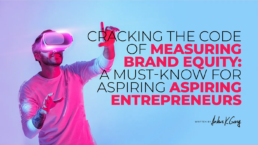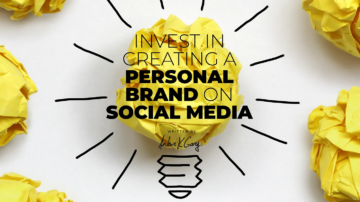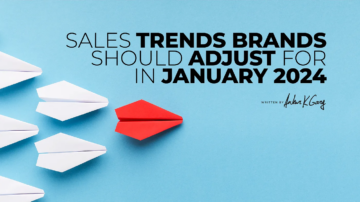Hey there, future tycoon! I see you’ve got your entrepreneurial spirit fired up and ready to launch your brand into the marketplace. That’s awesome! But let me ask you this: Do you know how to measure the strength and value of your brand? Do you know how to gauge your brand equity? If you just scratched your head, don’t worry. You’re not alone. Understanding brand equity can feel like trying to learn a foreign language. But it’s a language worth learning. Why? Because it can mean the difference between having a brand that’s a fleeting trend or one that stands the test of time. So, buckle up, and let’s dive into the world of brand equity!
Picture your brand as a mighty castle. The stronger and taller the castle, the more formidable it is. In the same way, the higher your brand equity, the stronger your brand is in the marketplace. But how do you measure the height of your castle, or in our case, the equity of your brand? That’s what we’re about to explore.
We’re going to dive into the nitty-gritty of brand equity measurement — the tools, the metrics, and the methodologies that can help you understand just how well your brand is doing in the market. So, get your notepad ready, as there’s a lot to learn!
What Exactly is Brand Equity?
Understanding the Basics
Let’s start with the basics. Brand equity is a term you might have heard bounced around in marketing conversations, but what does it really mean? Simply put, brand equity is the value of your brand in the eyes of your customers. It’s how people perceive your brand, the associations they make, the trust they place in it, and how loyal they are to it. It’s that extra amount consumers are willing to pay for your brand compared to a similar, no-name product.
Think of it like this: It’s the reason people will pay $5 for a Starbucks coffee when they could get a similar cup for $1 at a local diner. It’s the power of the brand, and that power translates to equity!
Now, you’re probably wondering: How the heck do I measure something as intangible as perceptions or associations? That’s where things get interesting. Let’s delve into some of the tools and metrics you can use to measure this elusive beast known as brand equity.
Tools to Measure Brand Equity
Your Toolkit for Brand Strength
There’s a whole arsenal of tools out there that can help you measure brand equity. One of the most powerful is customer surveys. By directly querying your customers, you can gather data on their perceptions, attitudes, and behaviors towards your brand. You can ask about brand awareness, brand associations, perceived quality, and brand loyalty.
Another handy tool in your kit is social media listening. By monitoring mentions of your brand on social platforms, you can gauge public sentiment and awareness of your brand. You can also track changes in sentiment over time, giving you an idea of whether your brand equity is growing or shrinking.
Don’t forget about online analytics. Tools like Google Analytics can provide valuable insights into how people interact with your brand online. You can see how many people are visiting your website, how long they stay, what pages they visit, and whether they make a purchase.
Key Metrics to Gauge Brand Equity
Navigating the Numbers
Okay, so you’ve got your tools ready. But what exactly are you measuring? Here are some key metrics that can help you gauge your brand equity:
Brand Awareness: This is basically how well known your brand is. You can measure this through surveys by asking consumers if they’ve heard of your brand, or through online analytics by looking at the number of searches for your brand.
Brand Associations: These are the qualities or characteristics that consumers associate with your brand. Again, surveys can be helpful here to find out what comes to mind when consumers think of your brand.
Perceived Quality: This is how consumers perceive the quality of your products or services. You can measure this through customer reviews and ratings, as well as surveys.
Brand Loyalty:This measures how loyal your customers are. Are they repeat customers? Do they recommend your brand to others? You can track this through customer surveys and by looking at repeat purchase rates.
Methodologies to Measure Brand Equity
Building Your Strategy
So, you’ve got your tools and metrics lined up. Now it’s time to put them into action. One popular methodology to measure brand equity is the Brand Equity Ten, developed by marketing guru David Aaker. This approach measures brand equity along ten dimensions, including brand loyalty, brand awareness, perceived quality, brand associations, and others.
Another approach is the Brand Resonance Model, developed by Kevin Lane Keller. This model measures brand equity in four stages: brand identity (how aware consumers are of your brand), brand meaning (what your brand represents to consumers), brand response (how consumers react to your brand), and brand relationships (the level of loyalty consumers have towards your brand).
Remember, there’s no one-size-fits-all methodology. You need to choose the approach that makes the most sense for your brand and your market. And don’t be afraid to tweak and customize these methodologies to better suit your needs. The most important thing is that you’re regularly measuring and tracking your brand equity, so you can adjust and improve your strategy as needed.
Wrapping It Up
Putting It All Together
Alright, aspiring entrepreneurs, that’s a wrap on our crash course in measuring brand equity. Remember, brand equity is all about the value of your brand in the eyes of your customers. It’s an intangible asset, but a crucial one. And with the right tools, metrics, and methodologies, you can measure it and put those insights to work.
So, get out there and start measuring. Because remember: knowledge is power. And when it comes to building a strong brand, understanding your brand equity is one of the most powerful tools you have in your arsenal.




